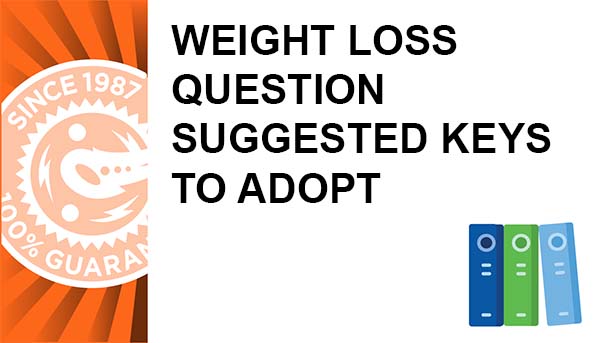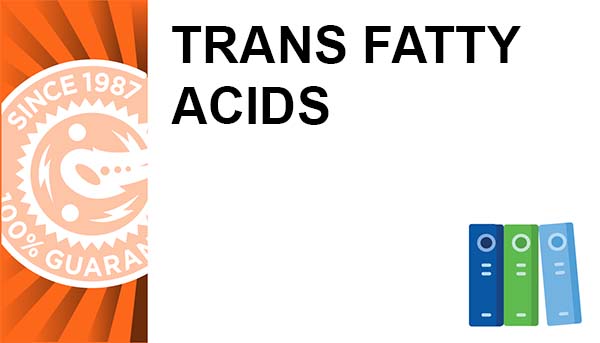
You're four days away from a personal best!
By Steve Born
Product Spotlight
We could easily call this product "Personal Best in a Bottle" because for the 20+ years we've been selling Race Day Boost, that's exactly what athletes have said they've experienced after using it. But Race Day Boost (often referred to as simply "RDB") is an equally appropriate name because it does just that - it gives athletes a potent, tangible boost in race performance that augments the hard work they've put into their training.
Now that race season is here, it's time to test Race Day Boost during your training sessions. That will give you a good idea of how your body responds to it. Then, in the four days prior to your key events, put the finishing touches on your prerace preparation by loading up with Race Day Boost in either capsule or powder form. When the gun goes off on race day, get ready to experience RDB's incredible benefits - and don't be too surprised if that includes a new personal best.
How Race Day Boost works
The key to Race Day Boost's effectiveness is sodium phosphate, a compound with a wealth of research that supports its positive benefits for athletic performance. Sodium phosphate enhances functioning of all three of the body's ATP-producing energy systems - the ATP-CP system, the lactic acid system, and the oxygen/ aerobic system - making it a superb ergogenic aid. With Race Day Boost, you're boosting the performance of your body's short-, medium-, and long-term energy production systems. No other product can do that.
Sodium phosphate is one of the most researched substances ever, with overwhelmingly positive results from many years of testing. Studies on sodium phosphate date to 1990 [Lenfant 1990, Lunne 1990], with Dr. Richard Kreider's 1992 study arguably the hallmark research on this substance. In Kreider's study, subjects loaded with sodium phosphate for four days (1 gram four times daily). During a 40K time trial, mean power output increased by 17% and oxygen uptake by 17%, netting an 8% improvement in performance time! The amount of sodium phosphate used in Race Day Boost exactly matches the dose used in all studies done with this nutrient.
How to use it
Most of the studies of the main ingredient in Race Day Boost, sodium tribasic phosphate, showed remarkably positive, performance-enhancing results with a dose of 1 gram (1,000 mg) four times daily for four straight days. This equals 4 capsules of Race Day Boost per dose, and that's the dosage we recommend for most athletes. (For an alternative dose protocol, based on body weight, go to our website page for Race Day Boost.)
Other tips for usage
1. During the taper, take Race Day Boost after (not before) a workout. The four days prior to a race - when you'll be using Race Day Boost - is NOT the time for high-intensity or long-duration training. Some athletes, however, like to do a short, easy workout or two prior to race. Keep in mind that if you do one or two of the four RDB loading doses prior to a workout, you're going to deplete at least some of the sodium tribasic phosphate. A better approach is to do the majority or all of your RDB loading doses after any workouts.
2. Reduce dietary sodium leading up to race day. Over the course of four days of loading with RDB (taking 2 teaspoons or 2 capsules four times each day), you'll be consuming an additional 3,088 mg of sodium. To accommodate that additional sodium, we recommend lowering your dietary sodium/ salt intake. By all means, avoid "sodium loading." It will not provide any benefits, and will most likely create performance-inhibiting problems come race day.
3. Don't pre-mix Race Day Boost powder. The glutamine component in the powdered version of RDB isn't very stable once mixed in solution; a portion will degrade into ammonia. After mixing Race Day Boost powder, consume it as soon as possible.
4. Don't use RDB to as a daily dietary supplement. Dr. Bill Misner states, "I do not recommend using Race Day Boost as a daily alkaline-enhancing supplement; diet is the correct way to raise pH. The pH of body fluids, including urine, saliva, and blood, varies with function and is tightly regulated [via] systems to keep the acid-base homeostasis. The pH of blood is known to be slightly basic, and at a value of 7.4 pH, is vital in maintaining the functioning of cells. For example, enzymes are heavily affected by changes in pH, and have an optimum pH at which they operate. Outside of a small range they can denature and cease to catalyze vital reactions."
"Most plant food contains weak organic acids and salts; however, when they enter a medium of acidified water or acidified dilute salt brines and become heated, they create a buffering action to maintain their original pH. Natural, raw vegetables and fruit juices are alkaline-producing. (Fruit juices become more acid-producing when processed, especially when sweetened.) A diet containing 60-75% vegetables and fruits will raise pH to higher alkaline values. Exercise, especially endurance exercise, lowers pH to acidic levels."
"Athletes should alter their diets to a high pH food menu, plan longer recovery time, and only use RDB loading dose protocol prior to events."
The bottom line
For more than two decades, endurance athletes have unleashed the power of Race Day Boost to propel them to top performances and personal bests in their "A" races. Race Day Boost flat-out works; its simple formula belies its profound effectiveness, helping to increase cellular energy production and buffering performance-robbing acidity. Whatever the duration of your event, a four-day loading dose of Race Day Boost before a key race can make a noticeable difference in your performance. This is a special product for special events. If you intend to meet or exceed your race day expectations, it's time to include Race Day Boost in your arsenal. HN










